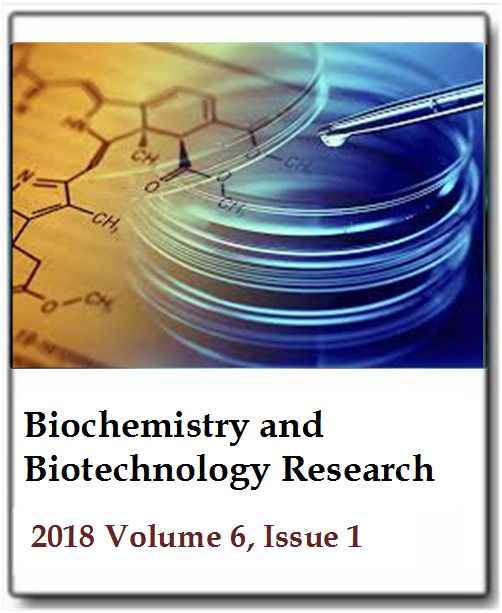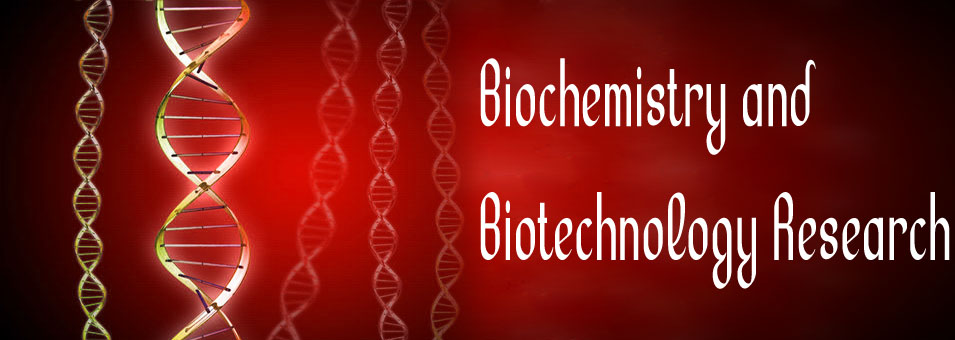Metabolic profiles of pathogen-challenged mulberry silkworm, Bombyx mori L. as a tool for disease diagnosis
Rehab H. Taha, Eman H. Ismail and Rabab M. Abdel-GawadBiotechnology and Biochemistry Research
Published: January 11 2018
Volume 6, Issue 1
Pages 1-8
Abstract
Metabolic profiles were detected in healthy and flacherie (inoculated with Bacillus sp.) and grasserie (inoculated with polyhedral bodies)- diseased Bombyx mori larvae. Free amino acids were separated and quantitatively determined by using hydrolysis method. Further, nitrogen (N) percentage was estimated with micro-Kieldahl method. Whereas, phosphor-molybdate method was applied for phosphorus (P) analysis. Results revealed that distinct differences in the amounts of eighteen individual amino acids in healthy and diseased silkworm 5th larval instar were found. The highest amino acids concentration was recorded in healthy larvae (224.05 mg/g tissue), while the lowest concentration was found in Gr-diseased larvae (177.77 mg/g tissue). Fl-diseased larvae inoculated with Bacillus sp. showed elevation in certain amino acids comparing with Gr-diseased larvae inoculated with of Nuclear Polyhedrosis Virus (NPV) occluded bodies. N and P percentages in Fl and Gr diseases recorded (N = 2.57%, P = 0.29%), (N = 3.86%, P = 0.32%) respectively, compared with healthy larvae (N = 1.63%, P = 0.23%). The present study reveals that a decrease in amino acids in fifth-larval stage implies an increase in N and P percentages in both bacterial and viral infected larvae. It is concluded that the determination of biochemical responses in silkworm against infections may be considered as bio-analytical markers, which are useful for early disease diagnosis and developing disease resistant breeds.
Keywords: Bombyx mori, Flacherrie disease, Grasserie disease, amino acids, nitrogen, phosphorus.
Full Text PDF
